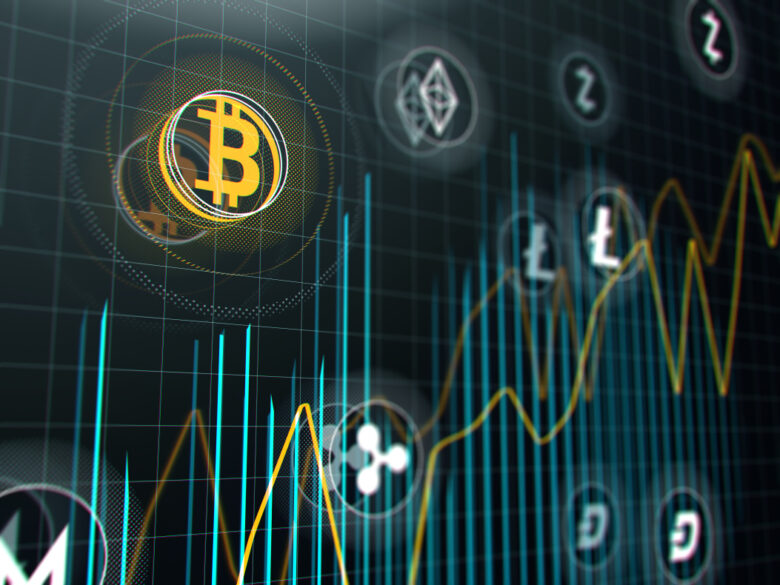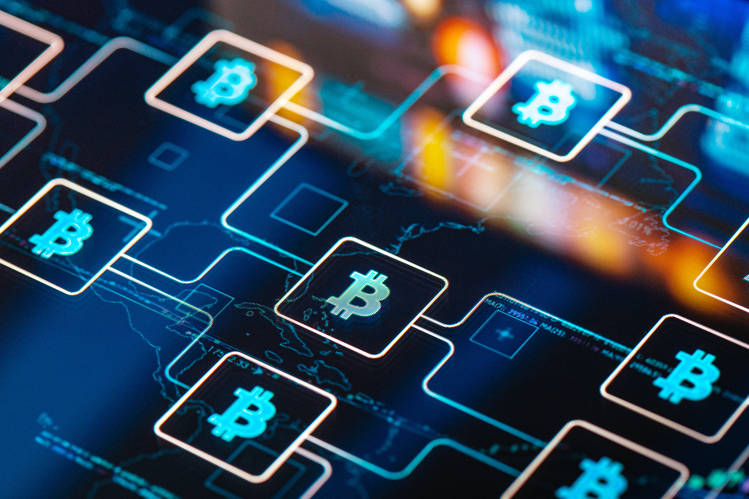If you’re looking to get into cryptocurrencies, Blockchain is a term you’ll find floating everywhere. Although both terms – cryptocurrency and Blockchain – aren’t new, it does tell a much bigger story that people still don’t understand the unique relationship both technologies have.
One cannot go without the other. This just shows proof that without Blockchain, there will never be cryptocurrencies. So that’s why we’re here to hopefully educate you on the relationship both technologies have. With all that said, let’s dive right into it.
What Are Cryptocurrencies?

Cryptocurrencies are digital assets. In short, they’re internet money. But that doesn’t do it any justice. Simply saying that they’re digital money does a great disservice to the technology behind them.
Ever since the big cryptocurrency boom, people have invested in these currencies the same way you invest in stocks or Forex. Although the method of investing vastly differs, many see them as a form of investment. But the technology behind them is too difficult to explain in a few short paragraphs.
Cryptocurrencies are digital, but the technology makes them impossible to counterfeit. This is all thanks to Blockchain technology – which serves as a digital database for all transactions. This database is enforced by hundreds of thousands of computers. In short, the Blockchain runs so long as there is an active network of computers behind it. And these networks are massive.
Cryptocurrencies present a real risk for many governments and authorities because they’re decentralized. This means that there is no governing body around it. It’s all around us deep in layers of cryptography that make it impossible to hack or forge transactions.
There are hundreds of thousands of cryptocurrencies. Some come with a real-life utility like Bitcoin or Ethereum, while others are a byproduct of a fast-growing industry that lives out of hype. A prime example is Dogecoin. With no real utility to back Dogecoin, investors drive the price out of hype.
One of the biggest culprits for that is Tesla’s CEO, Elon Musk. Musk hypes Dogecoin to be a cryptocurrency with real utility. When in fact, the opposite is the case.
What Is Blockchain?

As mentioned previously the Blockchain is a digital database. A vast compute network runs the Blockchain, where data is stored. The data on the Blockchain is stored in blocks. When a block is filled with data, it moves on to the next block. And in this simple way, the Blockchain creates a chain that is formally known as the Blockchain.
The Blockchain is decentralized. This means that no one can manipulate it, thanks to the vast network of computers. A decentralized network holds a couple of advantages over a centralized one. For example, the Blockchain is reliable, scalable, and private. Despite that, you can see any transaction on the Blockchain.
This means you can see where your money goes, how much of it, and when. Anyone can view any transaction through the Blockchain. In a sense, you can’t hide anything from it. But that’s only if the people looking for transactions know which wallets to look for.
Everyone who trades currencies needs a wallet to do so. Since transactions are done peer-to-peer, it eliminates the need for third parties to run and maintain it. While crypto exchanges are the primary ways to buy and trade cryptocurrencies, you can still do that without an exchange.
One of the most famous cryptocurrencies synonymous with the Blockchain is Bitcoin. Bitcoin is a currency with utility. But most importantly, it is a form of investment. As such, Bitcoin is a hot commodity. Everyone wants to buy Bitcoin and everyone wants to make money out of cryptocurrencies. But that’s easier said than done.
One disadvantage to cryptocurrencies is that they can be quite volatile. So you’ll need a winning strategy to invest in crypto. If you’re looking for that, then make sure to give the-crypto-superstar.com/de/ a visit.
What’s the Relationship Between the Blockchain and Cryptocurrencies?

Now that we’ve explained what both terms mean, let’s look at how both terms relate to one another. While we’ve hinted at some of the answers, here is a complete guide on the relationship between both.
• Crypto Is Built On The Blockchain
The Blockchain is a new technology that makes it possible for additional technologies to be built on it. One of the very first technologies was cryptocurrencies.
Bitcoin was the very first – the Pioneer if you will. This is the very reason why people think of both technologies interchangeably.
• The Use Of Smart Contracts

Smart Contracts are yet another term that’s widely popular across the crypto space. But what does it actually mean? A smart contract is an automated payment process that goes through once specific terms have been fulfilled by the parties involved. In short, smart contracts are decentralized protocols that automate, execute, and document payments.
Smart contracts operate much faster than normal money transfers so long as enough computers are validating these transactions. In the case of Bitcoin, a transaction can take as little as 15 minutes to process. Other cryptocurrencies, like Ripple, can process transactions in a matter of seconds.
And that’s not taking into account multiple transactions at the same time. Bitcoin can process a measly 4.6 transactions per second. Ripple can process 1,500 transactions and can scale up to 50,000 transactions per second.
To compare these numbers with MasterCard and Visa, both payment networks process 1,700 transactions per second.
• Transparency

The unique relationship between the Blockchain and cryptocurrencies makes everything transparent. Anyone can view each transaction, so long as they have a private key. Even so, you can still go on to some Blockchain public viewing sites and see transactions as they occur live.
Conclusion
While the relationship between both is far more complex and cannot be fully explained in a single article, the fact remains that both technologies come with real utility. There are hundreds of thousands of currencies and tens of thousands of crypto systems – all running on the Blockchain. So, one cannot work without the other. If there is no Blockchain, there will never be cryptocurrencies.


